The Mongol Empire stands out in the human imagination today for its rapid growth and territorial expansion under the powerful leader Genghis Khan.
According to SCMP , history books rarely mention the story of Genghis Khan being born in an area near the border between present-day Mongolia and Siberia.
Gideon Shelach-Lavi is a professor of East Asian Studies at the Hebrew University of Jerusalem. He is also a co-author of a new study analyzing a 12th-century tomb found in the area.
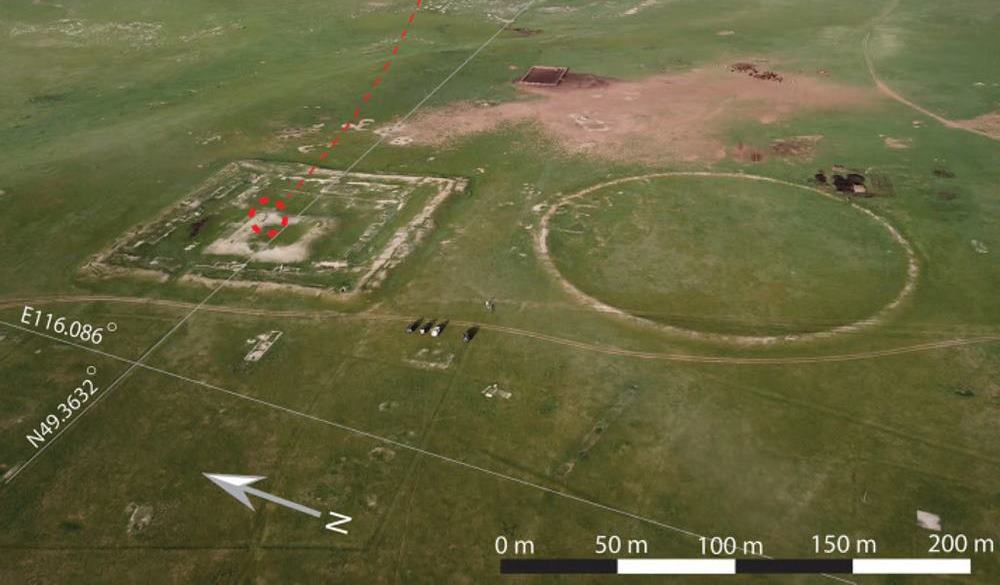
“When Genghis Khan came to power, the region transformed from a remote land with no central government into the center of a new empire,” the professor said.
His team hopes that the excavation of the tomb belonging to "an elite woman" can paint a picture of the lives of people here from the turbulent times to becoming the center of power of all of Mongolia.
In ancient times, Genghis Khan's homeland was the border region of the Liao Dynasty (the Khitan Empire) from 916 to 1125. This place was abandoned after Huangyan Aguta led an uprising to overthrow the Liao Dynasty and establish the Jin Dynasty (1115-1234).
The area later became a site of contention between many political forces. The tomb, found in a fort called Khar Nuur, belonged to an elderly woman who appeared to have lost all her teeth before her death.
“The tomb is located in the eastern region, which was inhabited by groups involved in the Mongol uprising in the 12th century. Before that, this area was part of the border area between the Liao and Jin dynasties,” the researchers wrote.
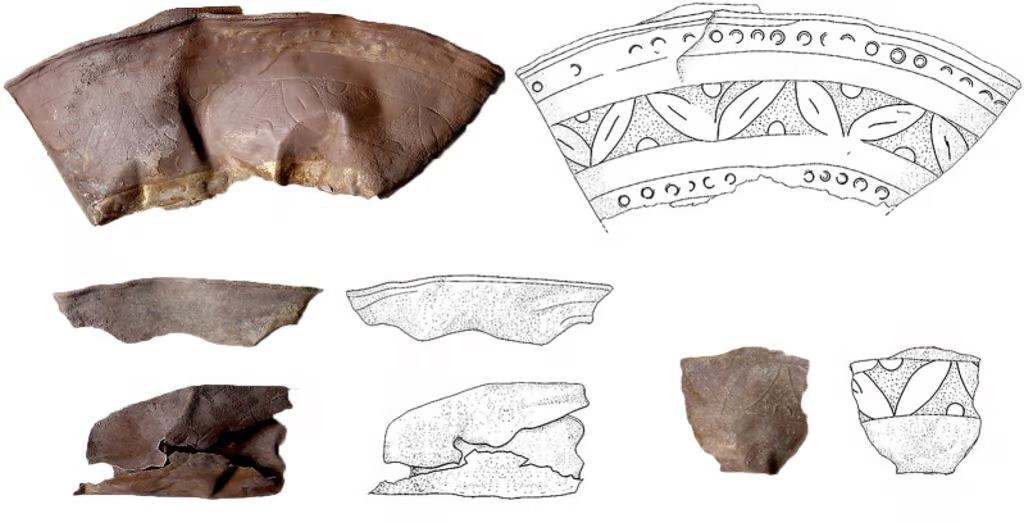
Shelach-Lavi said the tomb may have been established after the fall of the Liao Dynasty, during the Jin Dynasty, or in the early years of the Mongol Empire.
His team believes the fort was abandoned at the time the woman was buried. However, the fort was not abandoned for long and "certainly still exists in the subconscious of local people".
The burial method of the tomb is quite similar to that of the Mongols, but there are also significant differences. Accordingly, the tomb does not have a surface built of ice and stone, nor is there much pottery buried with it. In addition, the body is buried more shallowly than in traditional Mongol tombs.
In addition, the tomb also contained many artifacts proving that this woman belonged to a prestigious and respected family.
“The tomb could be an important piece of the puzzle for understanding the context leading up to the rise of Genghis Khan and the Mongol Empire,” said Shelach-Lavi.
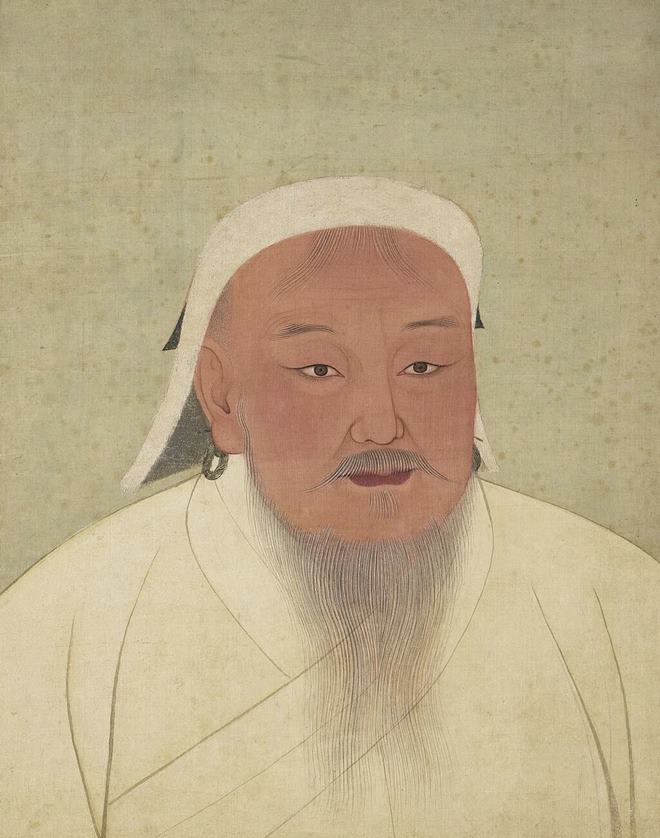
The decision to bury the woman in a fortress near the border also made archaeologists curious and gave rise to many hypotheses.
It has been suggested that the funerals were part of local identity and reflected the society of the time. Professor Shelach-Lavi raised the possibility that the tribe may have had a close relationship with the fort.
Researchers also believe that the fort was particularly prestigious and the woman's burial there proves that she held an important position in the community at that time.
Finally, they hypothesize that the burial was intended to establish ownership of that territory. These three hypotheses are not mutually exclusive.
The burials show that when the Liao and Jin dynasties withdrew from the area, it established its own society with cultural identity, power and prestige.
The expression of territorial and cultural ownership went hand in hand with war, creating a period of chaos that eventually ended with Mongol domination led by Genghis Khan.
Source: https://laodong.vn/van-hoa-giai-tri/bi-an-tu-ngoi-mo-nguoi-phu-nu-thoi-thanh-cat-tu-han-1386774.ldo




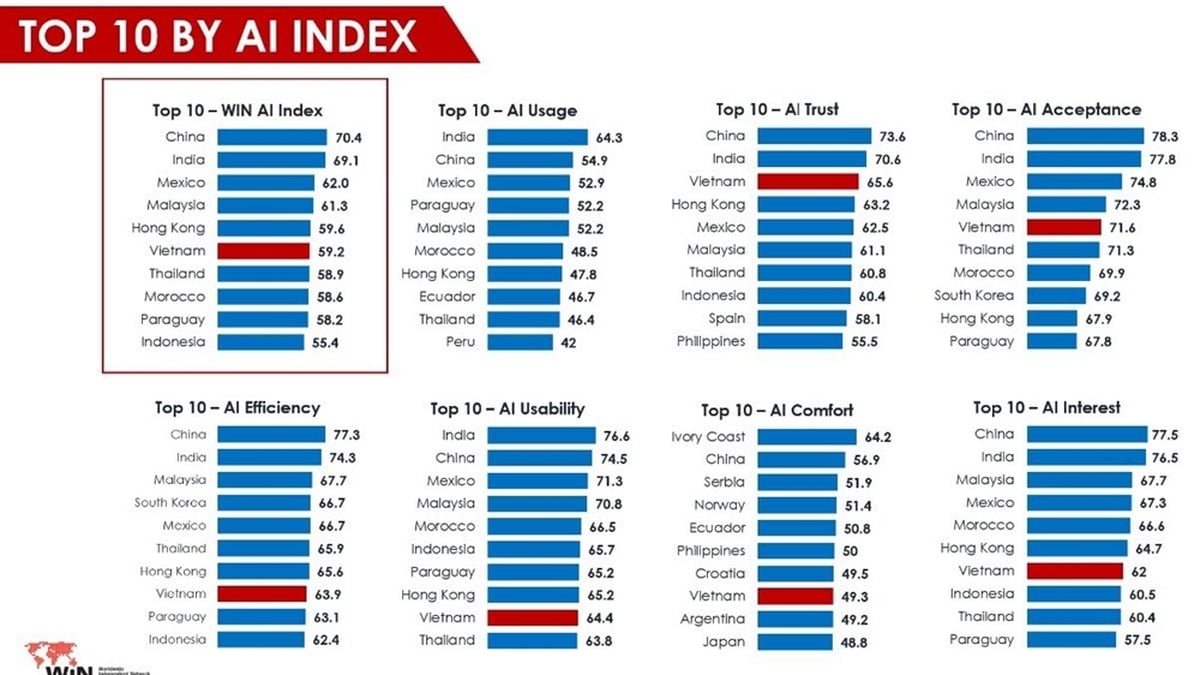
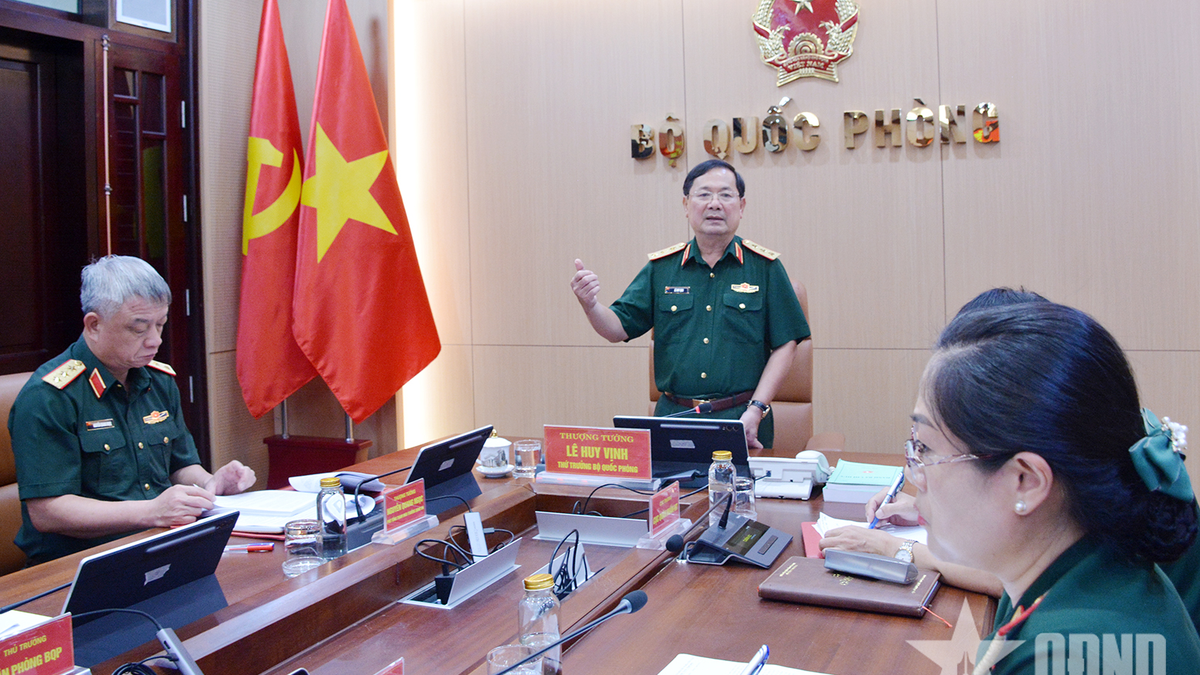
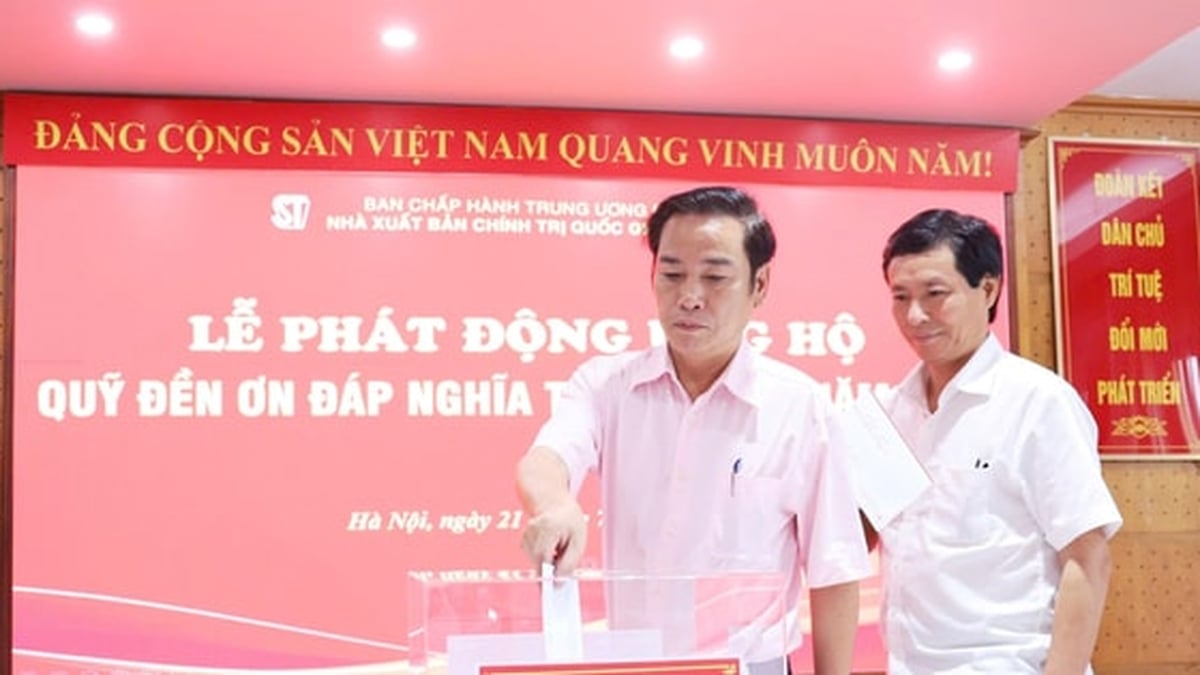
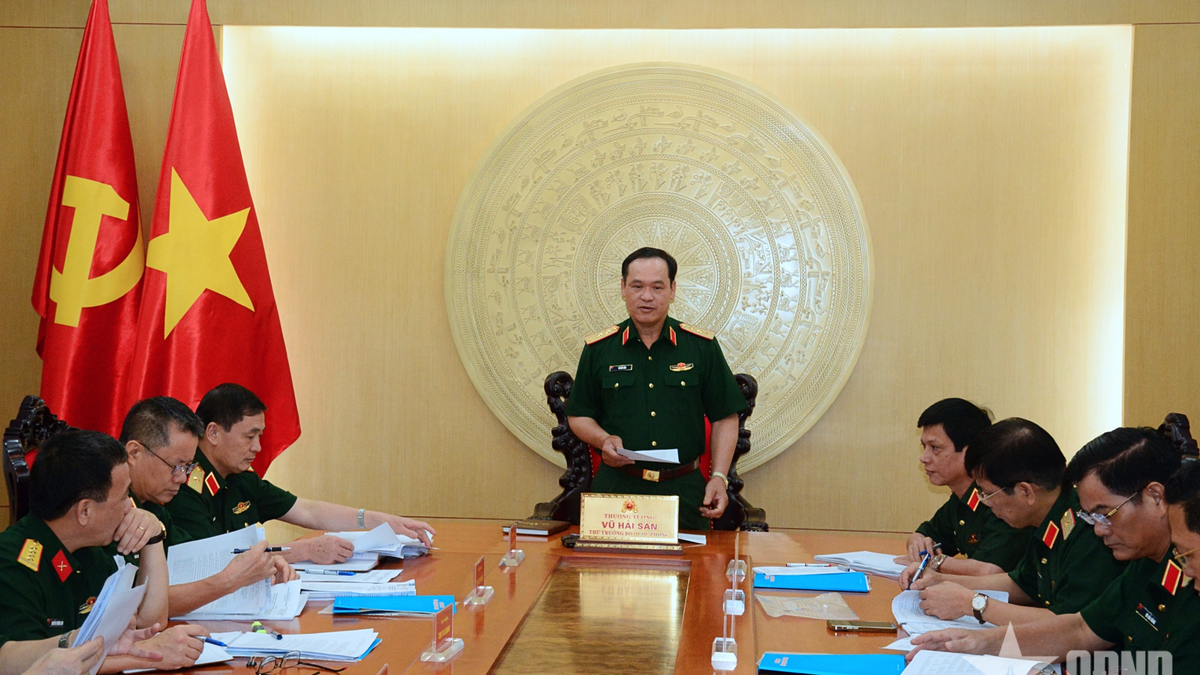
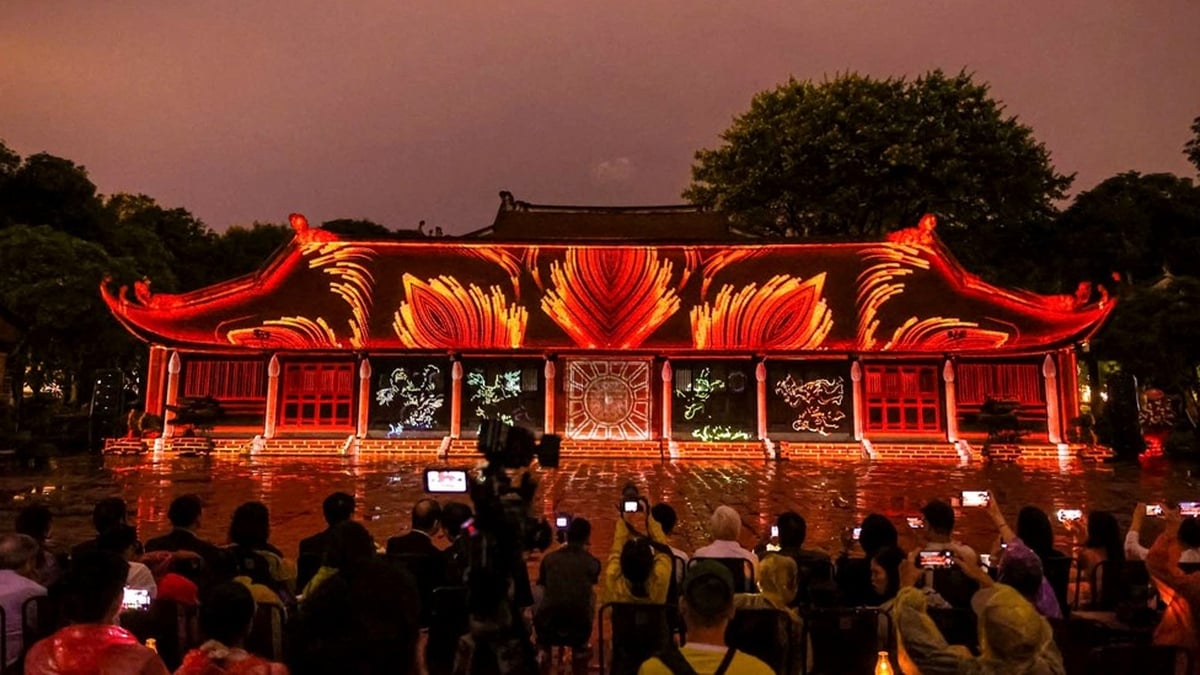

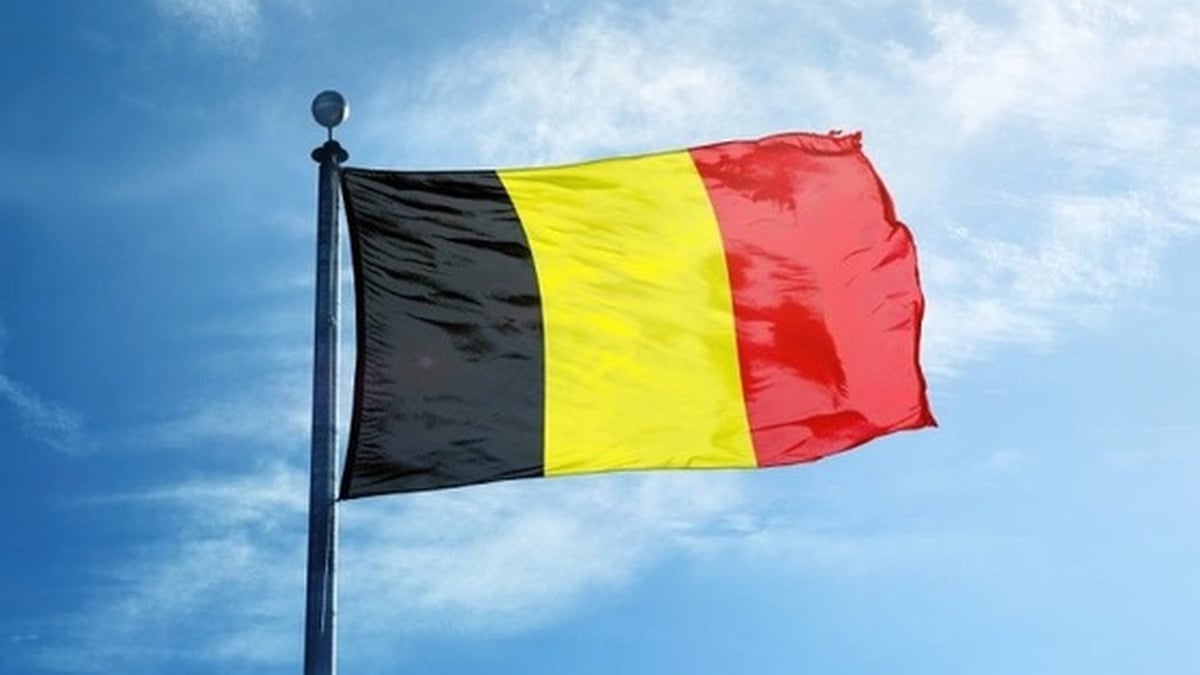











![[Photo] National Assembly Chairman Tran Thanh Man visits Vietnamese Heroic Mother Ta Thi Tran](https://vphoto.vietnam.vn/thumb/1200x675/vietnam/resource/IMAGE/2025/7/20/765c0bd057dd44ad83ab89fe0255b783)



















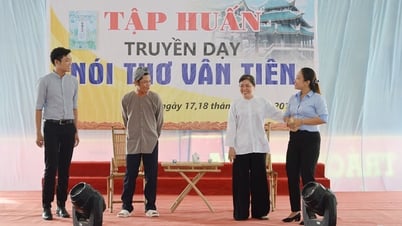




















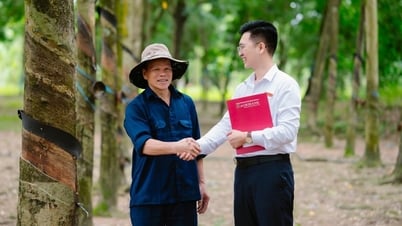


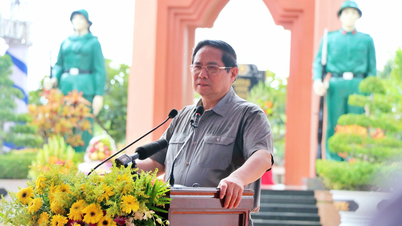
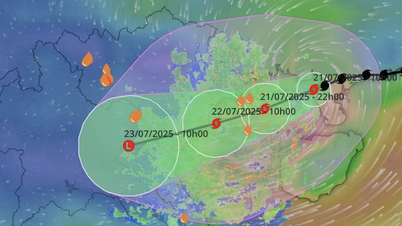





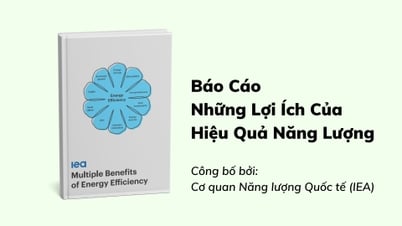

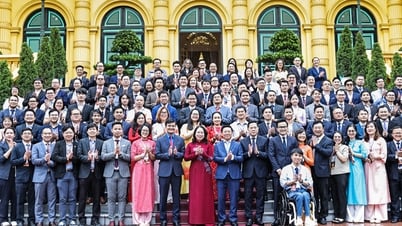























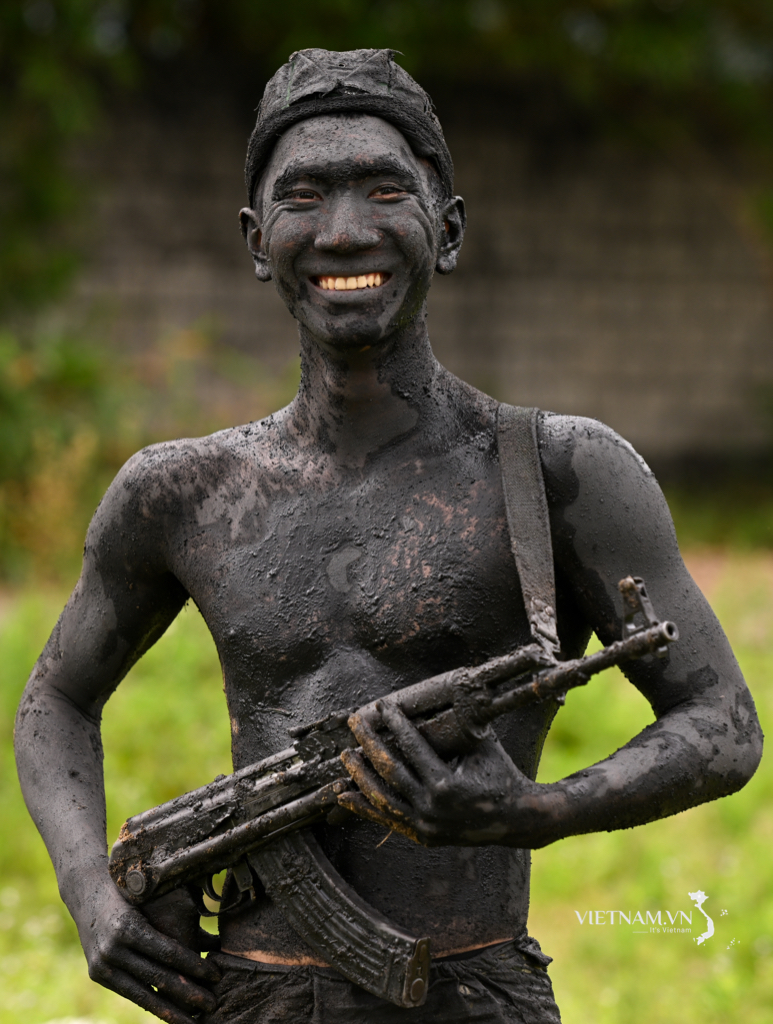
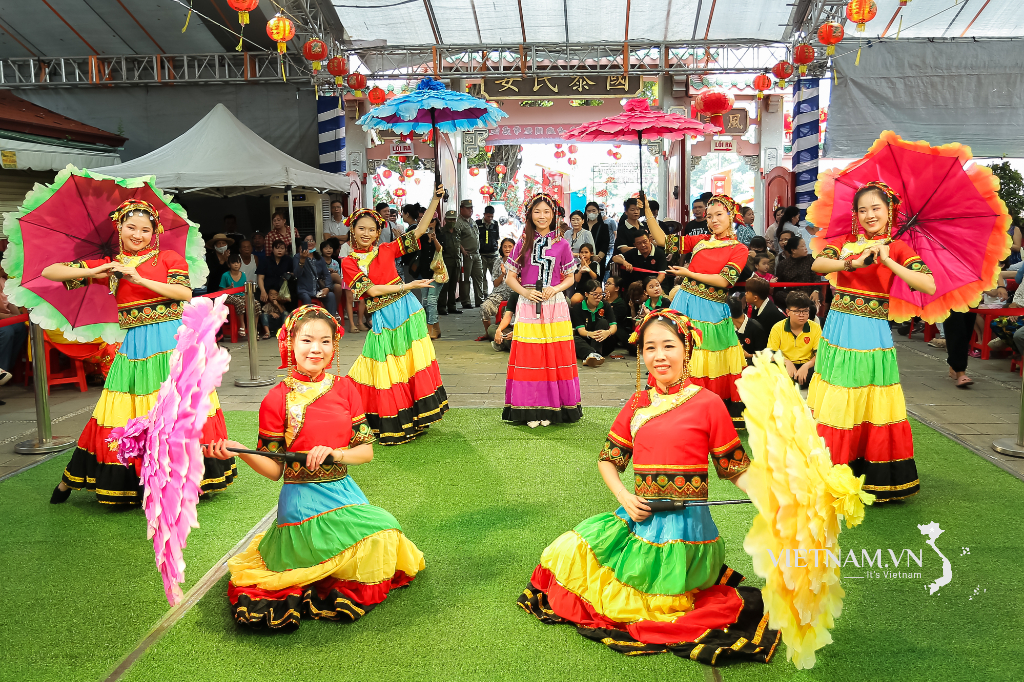
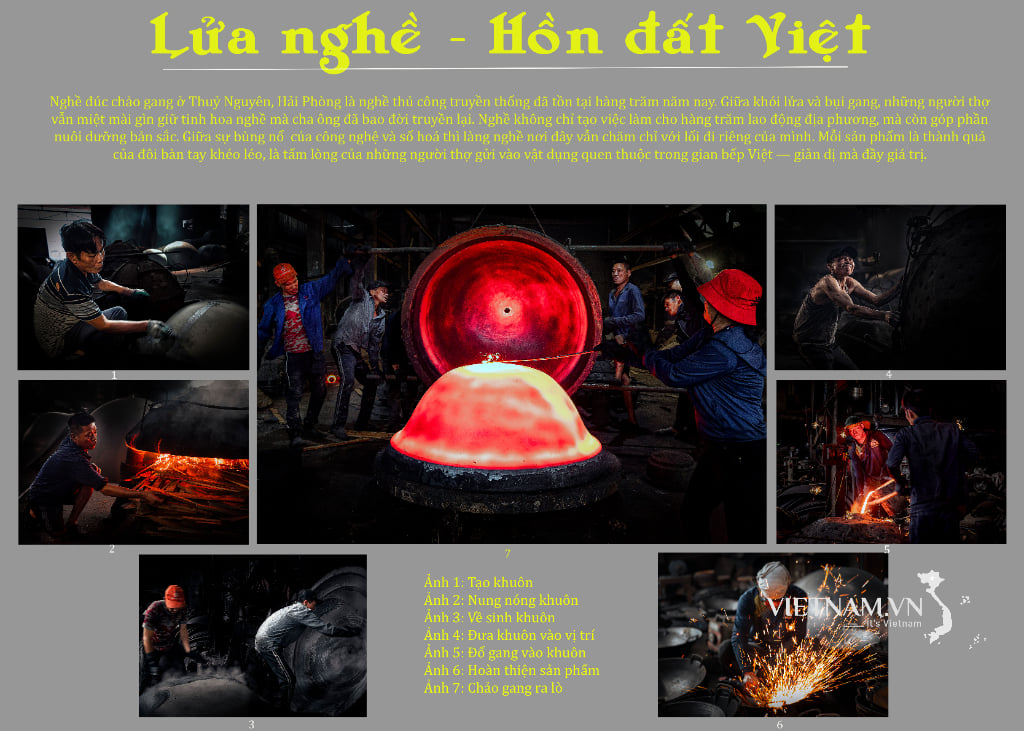

Comment (0)